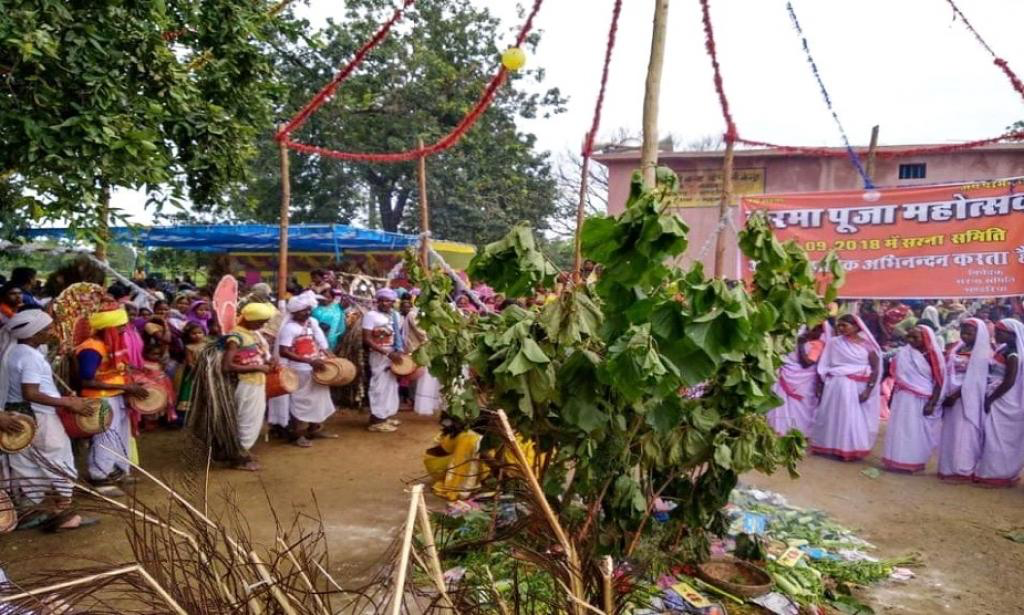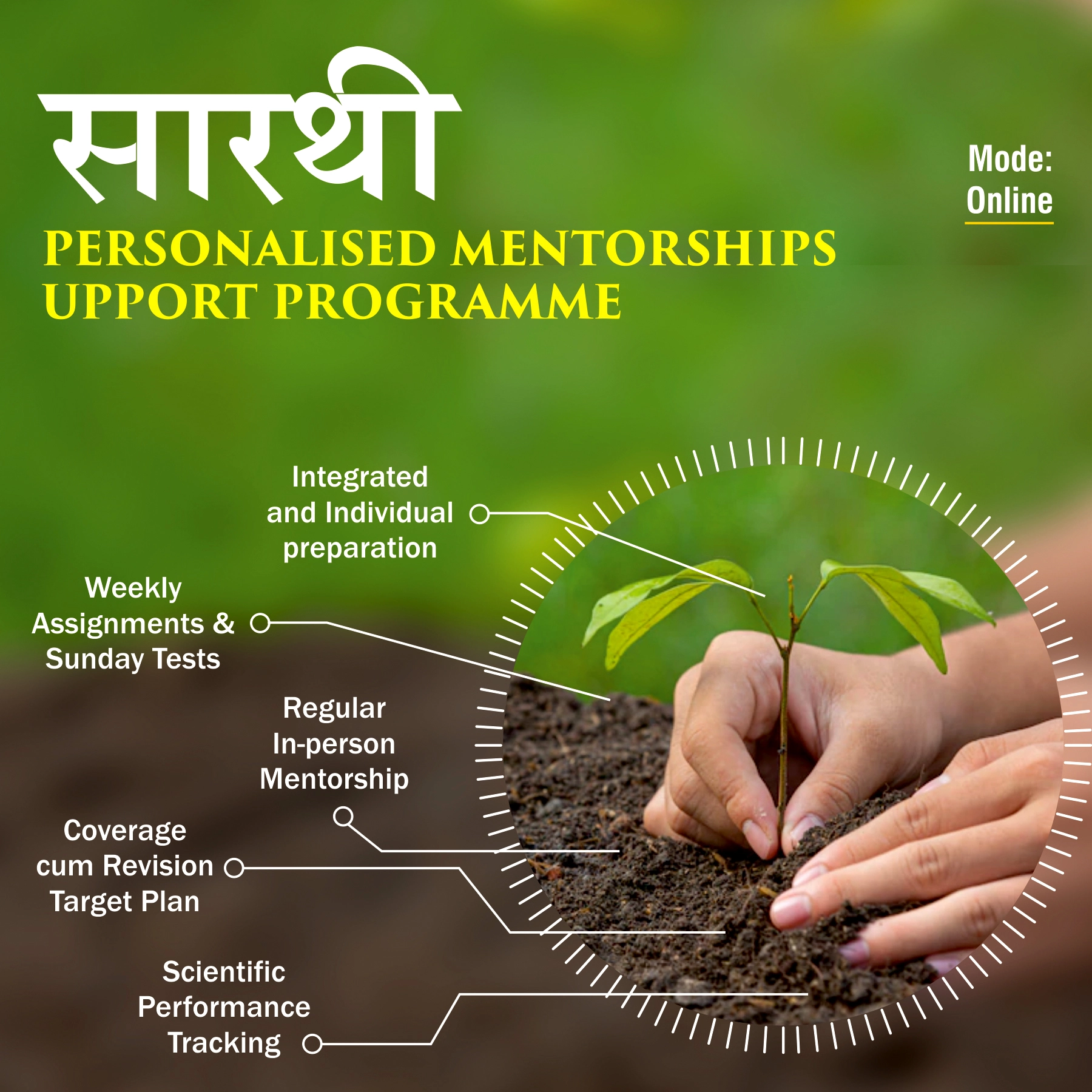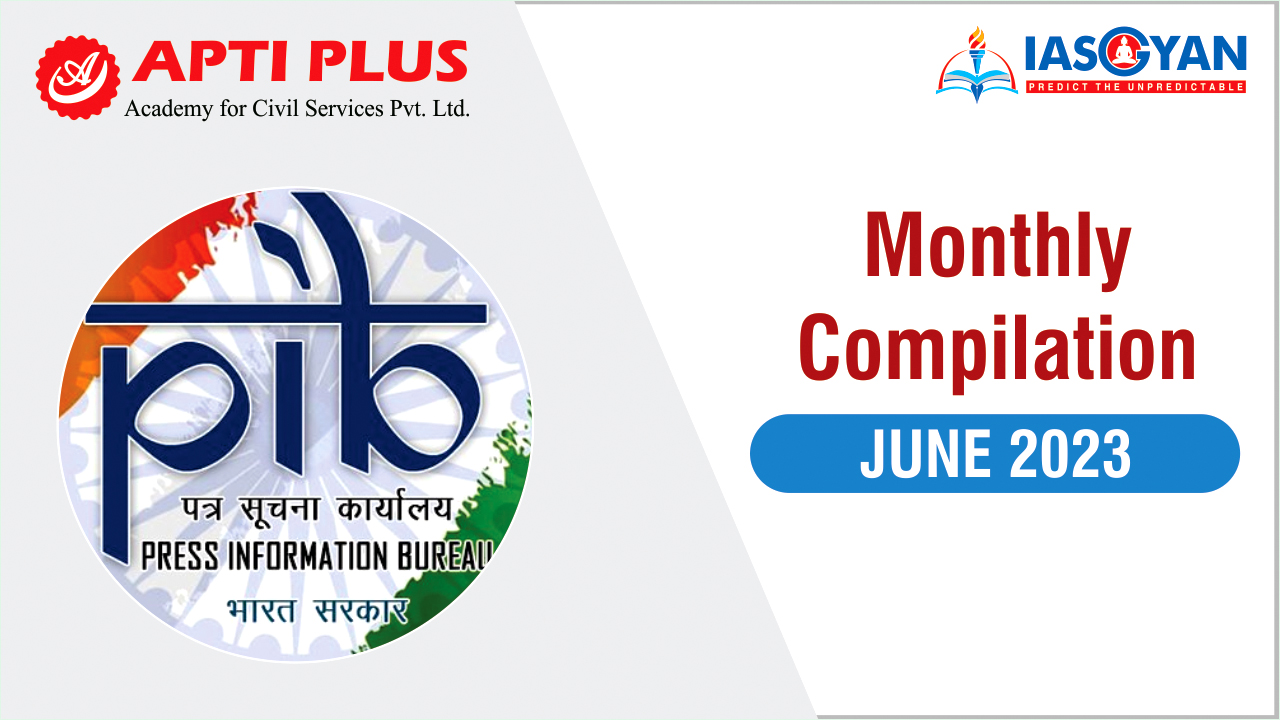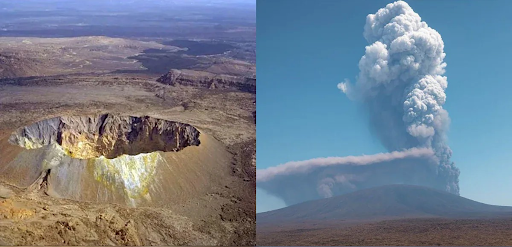Description

Disclaimer: Copyright infringement not intended.
Context
The cultural significance of festival celebrations within indigenous tribal communities, focusing on two major festivals: the Sarhul Festival and the Karam Festival.
Details
- Festivals hold a significant place in the lives of tribal communities, reflecting their culture and traditions.
- Festivals serve as occasions of joy, a celebration of life's colors, and connections with nature, ancestors, and deities.
- Indigenous peoples' close proximity to nature influences their festivals, which revolve around activities like agriculture, animal husbandry, hunting, and worship of the five elements.
Connection to Nature
- Indigenous peoples' festivals are closely intertwined with nature and the Panchbhutas (five elements): Prithvi, Jal, Agni, Vayu, and Aakash.
- These elements symbolize Earth, water, fire, wind, and sky, reflecting their close bond with the natural world.
Sarhul Festival
- Celebrated by Jharkhand's indigenous people.
- Marks the flowering of the Sal tree (Shorea Robusta) during Chaitra (March/April).
- Signifies not entering the forest until Sal trees bloom, preserving nature in its pristine form.
- Story of Bindi, Mother Earth's daughter, symbolizes reverence for nature and the cycle of life.
- Bindi's disappearance led to desolation, shedding leaves from trees.
- Compromise with the god of death allowed Bindi to spend half her life on Earth, rejuvenating nature upon her return.
Karam Festival
- Celebrated during the 11th moon of Bhadrapada (August/September).
- Involves planting the Karam tree (Adina Cordifolia), symbolizing fertility and prosperity.
- Folklore recounts the tale of seven brothers and the Karam tree's power.
- Brothers' anger at their wives led to uprooting the Karam tree, resulting in losses.
- The Younger brother's worship of Karam devta led to regaining lost wealth.
- Brothers bring Karam tree branches to celebrate the Karam festival annually.
- Devotion, respect, singing, and dancing characterize the festival.
Message of the Festivals
- Emphasize the link between customs, traditions, and nature.
- Acknowledge the importance of these celebrations for well-being and prosperity.
- Showcase the interdependence between human life and the natural world.
- Reflect the indigenous communities' reverence for nature and their commitment to preserving it.

About World Tribal Day
- World Tribal Day, also known as International Day of the World's Indigenous Peoples, is observed on August 9th each year.
- Recognizes and celebrates the unique cultures, traditions, and contributions of indigenous peoples around the world.
Historical Background
- Established by the United Nations General Assembly in 1994 through Resolution 49/214.
- Marks the first meeting of the UN Working Group on Indigenous Populations in 1982.
Importance and Objectives
- Raises awareness about the challenges faced by indigenous communities.
- Highlights their distinct cultures, languages, knowledge systems, and contributions to global diversity.
- Promotes and protects indigenous rights, including land rights, self-determination, and cultural preservation.
Themes and Focus
- Each year, World Tribal Day has a specific theme that addresses key issues affecting indigenous populations globally.
- Themes focus on issues like land rights, cultural heritage, education, health, and social inclusion.
- This year's theme is: Indigenous Youth as Agents of Change for Self-determination
Activities and Celebrations
- Indigenous communities, governments, organizations, and NGOs organize various events and activities.
- Cultural exhibitions, traditional performances, workshops, seminars, and conferences.
- Discussions on indigenous rights, sustainable development, and cultural preservation.
Awareness and Advocacy
- Provides a platform for indigenous voices to be heard on the global stage.
- Advocates for the recognition of indigenous rights, land tenure, and equitable representation in decision-making processes.
Challenges Addressed
- Highlighting challenges such as land displacement, discrimination, lack of access to basic services, and cultural appropriation.
- Raises awareness about the importance of respecting and preserving indigenous knowledge and traditions.
Education and Empowerment
- World Tribal Day contributes to educating the general public about indigenous cultures and issues.
- Empowers indigenous communities by recognizing and validating their unique identities and contributions.
International Solidarity
- Fosters a sense of global solidarity and cooperation in supporting indigenous rights and well-being.
- Encourages governments, organizations, and individuals to work together for positive change.
|
PRACTICE QUESTION
Q) Examine how the observance of World Tribal Day contributes to raising awareness about the unique cultures, rights, and challenges faced by indigenous communities globally. (150 words)
|

https://www.downtoearth.org.in/blog/environment/international-day-of-the-world-s-indigenous-peoples-2023-festivals-are-the-life-and-soul-of-india-s-tribal-communities-91088












